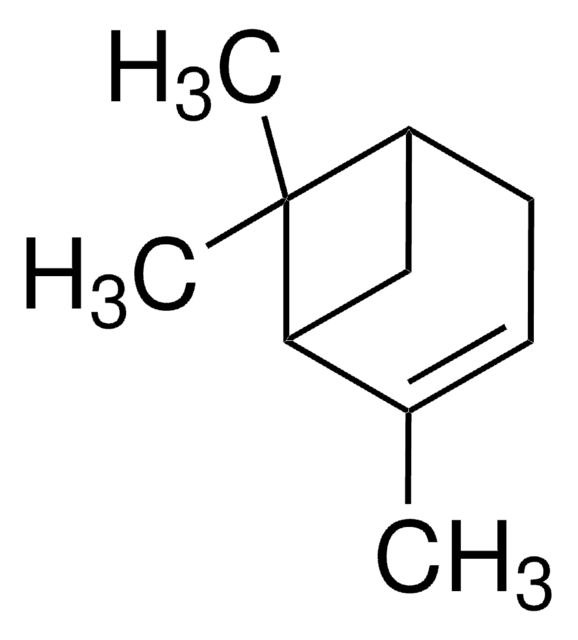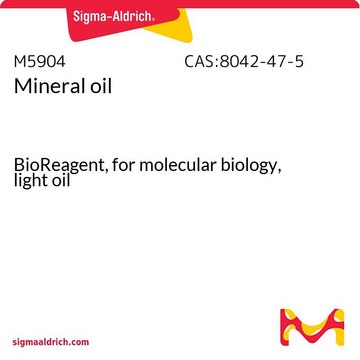MABF2816
Anti-Cortical stromal cells Antibody, clone ER-TR4
Synonim(y):
cTEC
About This Item
Polecane produkty
pochodzenie biologiczne
rat
Poziom jakości
forma przeciwciała
purified antibody
rodzaj przeciwciała
primary antibodies
klon
ER-TR4, monoclonal
oczyszczone przez
affinity chromatography
reaktywność gatunkowa
mouse
opakowanie
antibody small pack of 100 μg
metody
immunofluorescence: suitable
immunohistochemistry: suitable
izotyp
IgMκ
sekwencja epitopowa
Unknown
numer dostępu Protein ID
numer dostępu UniProt
temp. przechowywania
2-8°C
docelowa modyfikacja potranslacyjna
unmodified
Opis ogólny
Specyficzność
Immunogen
Zastosowanie
Evaluated by Immunohistochemistry in mouse thymus tissue sections.
Immunohistochemistry Applications: A 1:50 dilution of this antibody detected Cortical stromal cells in mouse thymus tissue sections.
Tested applications
Immunofluorescence Analysis: A representative lot detected Cortical stromal cells in Immunofluorescence applications (Tanaka, Y., et al., (2007). Blood. 110(1):107-15).
Immunohistochemistry Applications: A representative lot detected Cortical stromal cells in Immunohistochemistry applications (Van Vliet, E., et al., (1984). Eur J Immunol. 14(6):524-9; Scheijen, B., et al., (2004). J Biol Chem. 279(11):10476-83; Dooley, J., et al., (2006). J Immunol. 176(11):6484-90; Tanaka, Y., et al., (2007). Blood. 110(1):107-15; Moretti, F.A., et al., (2018). Elife. 7:e35816; Hollander, G.A., et al. (1995). Nature. 373(6512):350-3).
Note: Actual optimal working dilutions must be determined by end user as specimens, and experimental conditions may vary with the end user
Postać fizyczna
Rekonstytucja
Przechowywanie i stabilność
Inne uwagi
Oświadczenie o zrzeczeniu się odpowiedzialności
Nie możesz znaleźć właściwego produktu?
Wypróbuj nasz Narzędzie selektora produktów.
Kod klasy składowania
12 - Non Combustible Liquids
Klasa zagrożenia wodnego (WGK)
WGK 1
Certyfikaty analizy (CoA)
Poszukaj Certyfikaty analizy (CoA), wpisując numer partii/serii produktów. Numery serii i partii można znaleźć na etykiecie produktu po słowach „seria” lub „partia”.
Masz już ten produkt?
Dokumenty związane z niedawno zakupionymi produktami zostały zamieszczone w Bibliotece dokumentów.
Nasz zespół naukowców ma doświadczenie we wszystkich obszarach badań, w tym w naukach przyrodniczych, materiałoznawstwie, syntezie chemicznej, chromatografii, analityce i wielu innych dziedzinach.
Skontaktuj się z zespołem ds. pomocy technicznej






